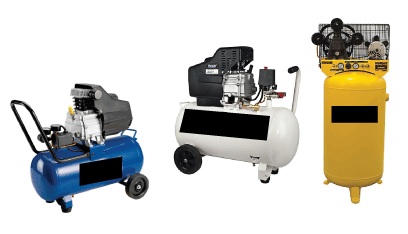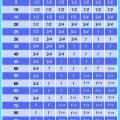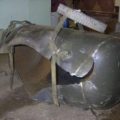Hey! This site is reader-supported and we earn commissions if you purchase products from retailers after clicking on a link from our site.
How to convert air tank gallons to cubic feet of compressed air? Look no further, this page tells you how.
It never ceases to amaze me why manufacturers do things that they do. Take compressed air tanks also known as compressor receivers, for example.

How come these devices are sized in U.S. gallons, when really, what people need and want to know is how many cubic feet of air the darn air tank will hold?
Here’s how you figure out gallons to cubic feet, then.
Gallons To Cubic Feet
This is what I have found. In his white paper #5 entitled Air Receivers, Thomas Kreher offers the following.
He writes “Receivers, tanks, reservoirs are used to store a volume of compressed air. The sizes of these receivers are often rated in gallons. To readily convert from gallons to cubic feet:
Divide the number of gallons of the tank size by 7.48
(7.48 gallons = 1 cubic foot)
It’s as easy as that, folks. And thank you again, Thomas Kreher, for this information.





